The magazine itself is beautiful – a model of interesting, clean design, with current examples of outstanding magazine, book, and print design, articles exploring the history of print, and news about conceptual and technological trends. But here's is how the editors describe it (they do a better job):
Print is a bimonthly magazine about visual culture and design. Founded in 1940 by William Edwin Rudge, Print is dedicated to showcasing the extraordinary in design on and off the page. Covering a field as broad as communication itself—publication and book design, animation and motion graphics, corporate branding and rock posters, exhibitions and street art—Print covers commercial, social, and environmental design from every angle. Engagingly written by cultural reporters and critics who look at design in its social, political, and historical contexts, Print explores why our world looks the way it looks, and why the way it looks matters.
At the website, you only get a teaser about the current issue: the magazine has a life of its own (and you can buy back issues). You do get other features, though, including an Image of the Day archive. As I write, here is the current image:
(Nice. They seemed to know it would go with my elenabella header.) There are videos, live feeds, resources for artists, and links to wonderful blogs, including The Daily Heller by Steven Heller of the School of Visual Arts, where the feature today is "Could It Be Any Worse for Magazines?" He uses this image from a doctor's office to consider the further doom of magazines. (God forbid that they remove them from the waiting room. Cancel my annual appointments, please.)
There's also a weekly feature called Obsessions by Patric King, owner and principal at House of Pretty, Ltd. in Chicago. I found the article on January 11th to be especially interesting, as it may read as an explanation (to someone like Declan Kiberd) of how visual types process information. It's an answer to the final paragraph quoted in Kiberd's review yesterday, about the folly of sensory overload.
King talks about multi-tasking in the context of a book given by his mother:
...the thing that really caught my interest was the note Mom sent along with it: “Keep this where you’ll browse it idly.”
So genius. Mom knows I’m a multi-tasker, one who reads while watching television and listening for email, instant messenger, Facebook, and Twitter notifications. She also knows how I learn: I watch a lot of information channels as a first pass, marking things I want to read later. On a second pass, I read deeper, marking items again. On a third pass, an item becomes a subject for research and I Google it to death.
Since Mom understands how I ingest information, she simply told me to keep the book by the living room TV where I can open it anywhere, browse, and begin adding its pages to my filtration method. She didn’t tell me to read it in a disciplined way; she knew that would never happen. Being a retired teacher with some teaching of gifted classes under her belt, she knew to just toss it out there and let it work. How interesting that there are many different methods of learning at our disposal that we may not have thought to use.


























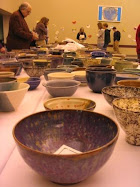
































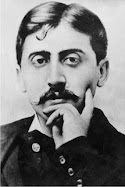


















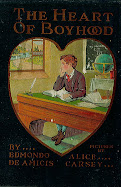



























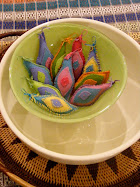






























.jpg)














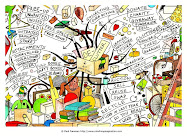












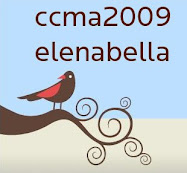




























































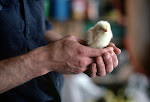
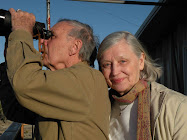
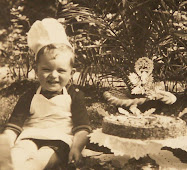














































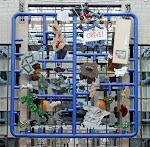.jpg)








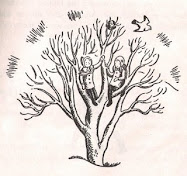







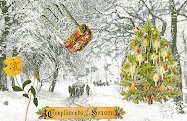



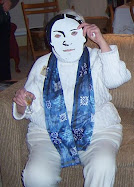
















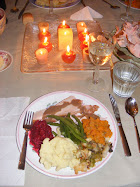




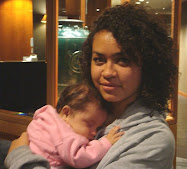






























































No comments:
Post a Comment